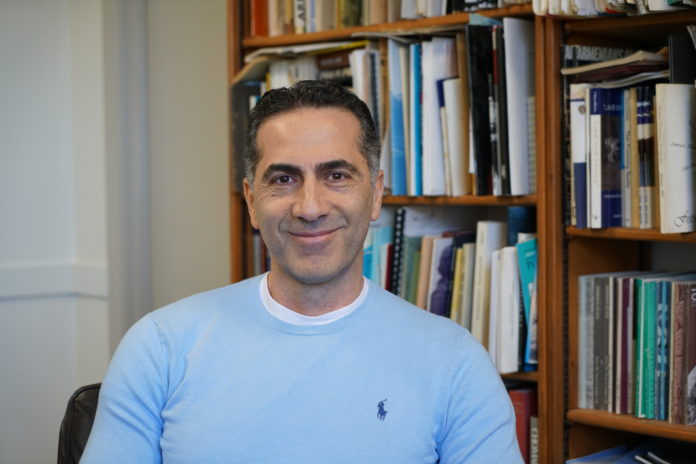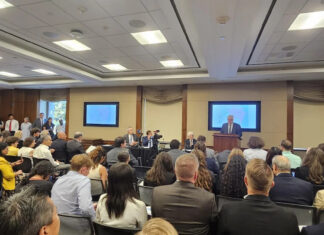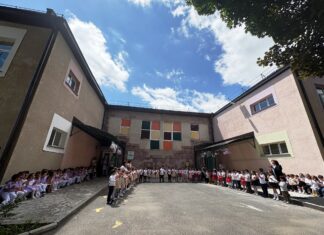WATERTOWN — Foundation for Armenian Science and Technology (FAST) CEO Dr. Armen Orujyan held meetings in Los Angeles, New York and Boston at the end of 2022 to increase awareness of the work done by FAST in Armenia. The meetings were both with people interested in the core work FAST does in science as well as those who are more generally interested in the work being done for the Armenian nation.
FAST was established around 5 ½ years ago to help drive scientific advancement and technological innovation in Armenia, focusing on education, research and the road to commercialization of products. Orujyan said, “To many people, this is a great surprise, because they have not heard of us. It is useful to introduce us to them and for us to also get to know them….Every meeting and every community requires a different type of presentation of who we are, the work that we do, and why we do it.”
The goals of FAST are very ambitious. Orujyan declared, “When you display that ambition then you better have some kind of logical path to get to that, the mission. Otherwise, having an idea without a plan for execution is hallucination.” Orujyan therefore explains what will happen over the next five years, and also where FAST wants to be in 20 years, yet in between the two, things are less clear, because despite all the planning, sometimes the universe has its own plans. For that reason, the organization must be agile and adaptable, he said.
Some people ask why FAST works in the space of education, research and commercialization. Orujyan responded that a high level of education is necessary to have a grasp of scientific advancements and generative science, as well as to maintain some kind of scientific bank, so to speak. Secondly, after Armenia has all this information about science, then it must do some work on its extension or development. At this point, the question arises as to what capacity Armenia has to do scientific programs. If you do not have enough people being prepared in its educational pipeline who can make scientific discoveries, then you need to make adjustments in the educational system to increase the numbers in scientific disciplines.
Finally, one might ask how Armenia benefits if it has gained scientific knowledge and advancement — intellectual property, in other terms. Orujyan said that this is where commercialization comes in — turning some of these scientific discoveries and knowledge into tangible solutions for people in various fields.
He said that although many things in modern life have become very dynamic, with exponential growth, people’s education remains linear, with step after step. It still takes some 15 to 20 years of education before you get to some kind of expertise. For this reason, Orujyan said, you have to do this properly and work in parallel so that you can get results now from the existing commodities and intellectual property that you have, and then prepare others for the future.








